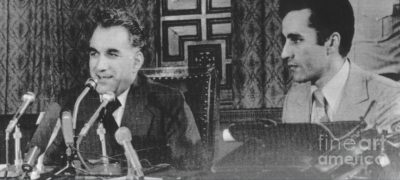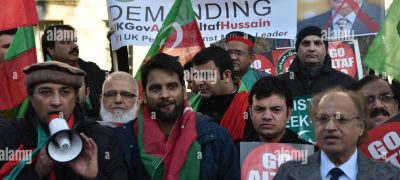Iran’s Quds Force commander, Esmail Qaani, has reportedly been missing since Israeli strikes targeted Hezbollah’s stronghold in Beirut late last week, according to two senior Iranian security officials. Qaani had traveled to Lebanon after the killing of Hezbollah leader Sayyed Hassan Nasrallah in an Israeli airstrike on September 27.
Qaani was last known to be in the southern suburbs of Beirut, the Dahiyeh area, during a strike aimed at senior Hezbollah official Hashem Safieddine. Although Qaani was not meeting with Safieddine at the time, Iranian officials have been unable to contact him since the strike.
Read More: Israeli Soldiers Take Cover as Iran Launches Missile Assault
Hezbollah has also been unable to confirm the status of Safieddine, who is seen as a likely successor to Nasrallah. A Hezbollah official accused Israel of preventing search efforts for Safieddine following the bombing. The group has indicated that Safieddine’s fate will only be announced once the search concludes.
Israel has been conducting a series of strikes in Dahiyeh as part of its ongoing campaign against Hezbollah, a powerful Iran-backed group. Israeli military spokesperson Lieutenant Colonel Nadav Shoshani said the military had targeted Hezbollah’s intelligence headquarters in Beirut late last week but did not provide specific details about potential casualties. He added that Israel is still assessing the results of the strikes.
Qaani, who succeeded Qassem Soleimani as head of Iran’s Quds Force following Soleimani’s assassination by a U.S. drone strike in 2020, plays a crucial role in overseeing Tehran’s operations with its regional allies, including Hezbollah. Along with Qaani, Iranian Revolutionary Guards commander Brigadier General Abbas Nilforoushan was killed alongside Nasrallah when Israeli bombs hit their bunker on September 27.
The situation remains tense, with uncertainty surrounding the fates of both Qaani and Safieddine, as Israel continues its strikes in the region.









